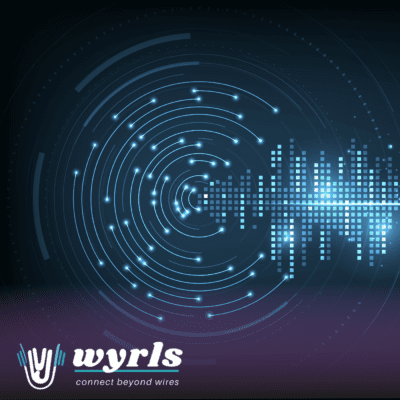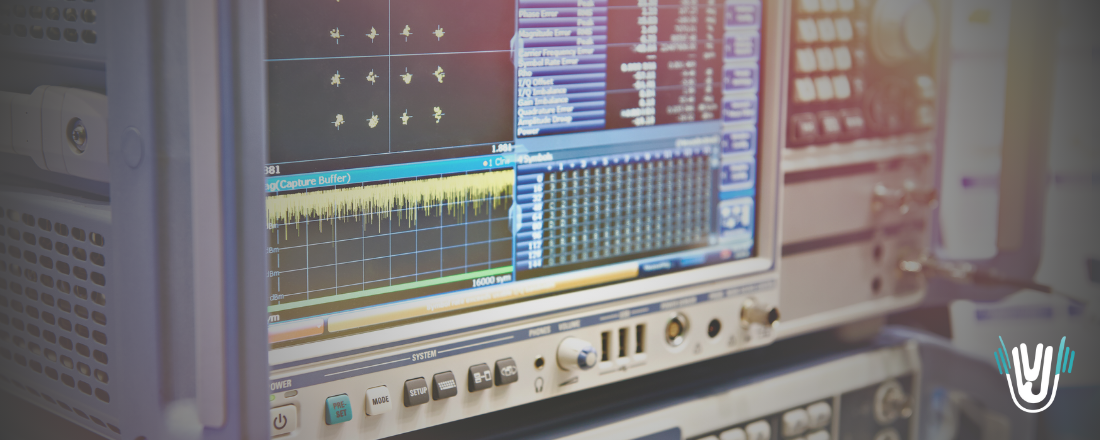 In mobile communication, signal quality is crucial. Without a signal, there is no communication. One of the key metrics to compare different wireless technologies is Maximal Coupling Loss (MCL).
In mobile communication, signal quality is crucial. Without a signal, there is no communication. One of the key metrics to compare different wireless technologies is Maximal Coupling Loss (MCL).
Maximal Coupling Loss (MCL) might sound like a complex technical term, but it’s essential for anyone diving into the world of wireless communication to understand its importance.
What exactly is MCL?
Think of MCL as a measure of how tough your network connection is. Imagine you’re trying to have a conversation with a friend across a crowded, noisy room, like trying to talk at a party. The louder you can talk and the better your friend can hear, the more likely you’ll successfully communicate despite the noisy music and other people talking. In this analogy, MCL represents the maximum noise and obstacles your conversation can handle before you can’t hear each other anymore.

Why MCL matters
In the real world, signals between IoT devices (like your industrial sensor) and the mobile base station face many hurdles along the way. Buildings, trees, interference from other devices, and more can obstruct the signal path. MCL measures how much signal loss these devices can tolerate while still maintaining a reliable connection.
Higher MCL values mean that your devices can handle more interference and obstacles without losing connectivity. This is crucial for ensuring that your smart devices work seamlessly, whether they’re in a densely populated city or a remote rural area.
In other words, MCL, or Maximal Coupling Loss, refers to the maximum loss in signal power that a system can tolerate while still maintaining operational integrity. It is intrinsically linked to the receiver sensitivity of a device. Essentially, a higher MCL value indicates a more robust link between the transmitter and the receiver, capable of maintaining communication even in environments with significant signal degradation.

MCL in cellular IoT
LTE-M (LTE Cat M1 and M2) and NB-IoT are low-power wide-area (LPWA) technologies standardized by 3GPP for the Internet of Things. These standards are integral to 4G and 5G networks, providing connectivity solutions that support a vast number of devices with minimal power consumption. Keeping the MCL value high means less power needs to be consumed for transmission.
For LTE-M and NB-IoT, the MCL values are as follows:
| Technology | MCL |
|---|---|
| LTE CAT M1: | 160.7 dB |
| LTE CAT M2: | 164 dB |
| NB1/NB2 | 164 dB |
These values indicate the maximum signal loss that the network can endure while still ensuring reliable communication. The higher the MCL, the more resilient the network is to interference and physical obstructions such as buildings, trees, and varied terrain.
Implications for 5G
As you can see, LTE-M2 and NB-IoT (NB1 or NB2) have similar MCL levels. With the advent of 5G, the MCL specifications have been extended to support even more demanding use cases. For both NB-IoT and LTE-M under 5G standards, the required MCL is set at 164 dB. This stringent requirement ensures that devices can maintain connectivity in challenging environments, a critical factor for IoT applications that require consistent and reliable communication.
Moreover, 5G networks are designed to support an unprecedented device density, with requirements to handle up to 1,000,000 devices per square kilometer. This density, combined with the high MCL, illustrates the robustness and scalability of 5G networks, making them well-suited for a wide array of IoT applications.
Practical challenges
Despite the theoretical robustness indicated by high MCL values, practical implementation presents several challenges. Environmental factors such as terrain, background noise, and interference from other users can significantly impact signal quality, as described in the introduction. These real-world variables must be carefully managed to ensure optimal performance of LTE-M and NB-IoT networks, like any other wireless technology.
For instance, in urban areas with dense building structures or in rural areas with high mountains, signal attenuation can be severe, necessitating the use of directional antennas or network densification.
Understanding and optimizing MCL is fundamental for ensuring that IoT devices can communicate effectively, even under challenging conditions, thereby unlocking the full potential of smart, connected ecosystems.

